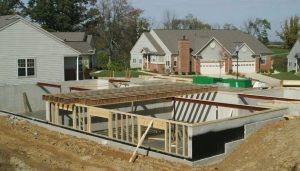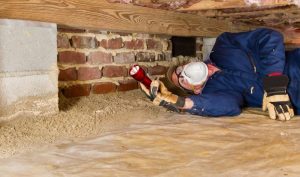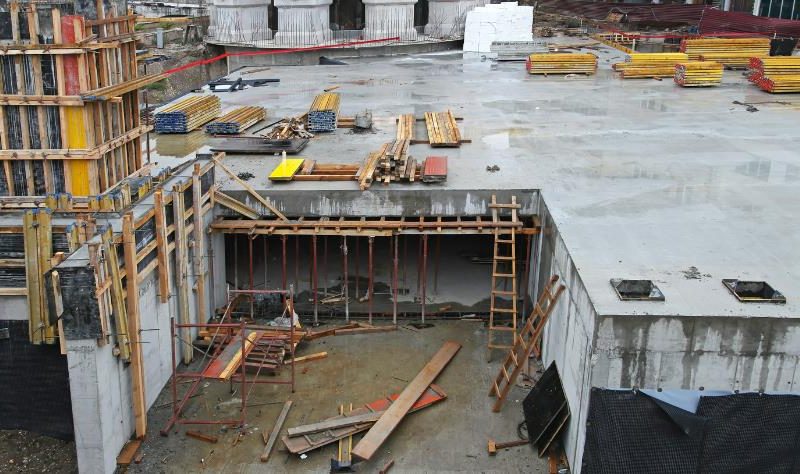Foundations are integral to building and home construction. In order to choose the right foundation for your house, you must consider the soil, climate, and storage preferences of your homeowner. All foundations are built partially underground in order to secure their footings in soil. Basements require one step further––or one step deeper––because they are built partially below the ground as well.
A basement foundation is a necessary part of any home
Basement foundations are similar to standard foundations in that they distribute a building’s weight evenly, secure it into the ground and keep moisture out. However, basement foundations consist of walls that are completely submerged below ground level to create living space on the first floor. The building of basement foundations is more involved and time-consuming than the building of standard foundations.

Cranes, forklifts and other heavy machinery are often used to dig and reposition soil, while drills and specialized hammers may be required to break up large rocks obstructing the area. Though the depth of a wall varies depending on its type, building standards ensure that both standard and basement foundation walls are built to be sturdy. They can be constructed using poured concrete, block concrete, or precast concrete slabs.
Types of Basement Foundations
Full basement foundations

Full basement foundations extend around the building’s perimeter, and the entire basement floor is submerged on a level plane. Full basements can either be finished or unfinished; finished basements are insulated, drywalled and tiled, and have flooring installed; unfinished basements are not insulated and their walls and floors are left bare. Full basements have no windows but, if they do have them, they are usually small and emerge at ground level. Full basements are more susceptible to mold and moisture than other foundations. This is the most commonly performed type of foundation by a basement company.
Daylight basement foundations
Daylight basements are built in a way that allows one side of the basement to be fully submerged, and the other side exposed to the outdoors. For homeowners who want patios or basements that are accessible from the outdoors, daylight basements are an excellent choice. Because daylight basements let in some natural light, they are not as susceptible to mold or moisture. Investing your money in a basement foundation is really worth it.
Crawl space foundations

Crawl space foundations are less expensive than basement foundations and can add value to your home. Constructed with shorter walls than basement foundations, they leave a small protected space (usually three or four feet) between the ground and the base of the building. Crawl space foundations have the advantages of both standard foundations and basement foundations. Crawl spaces, common in homes with basements, provide easier access to piping or plumbing than standard foundations. Crawl spaces are the least average cost basement foundation option since they don’t require significant excavation. They also promote air circulation, which keeps things cool in warmer climates.









